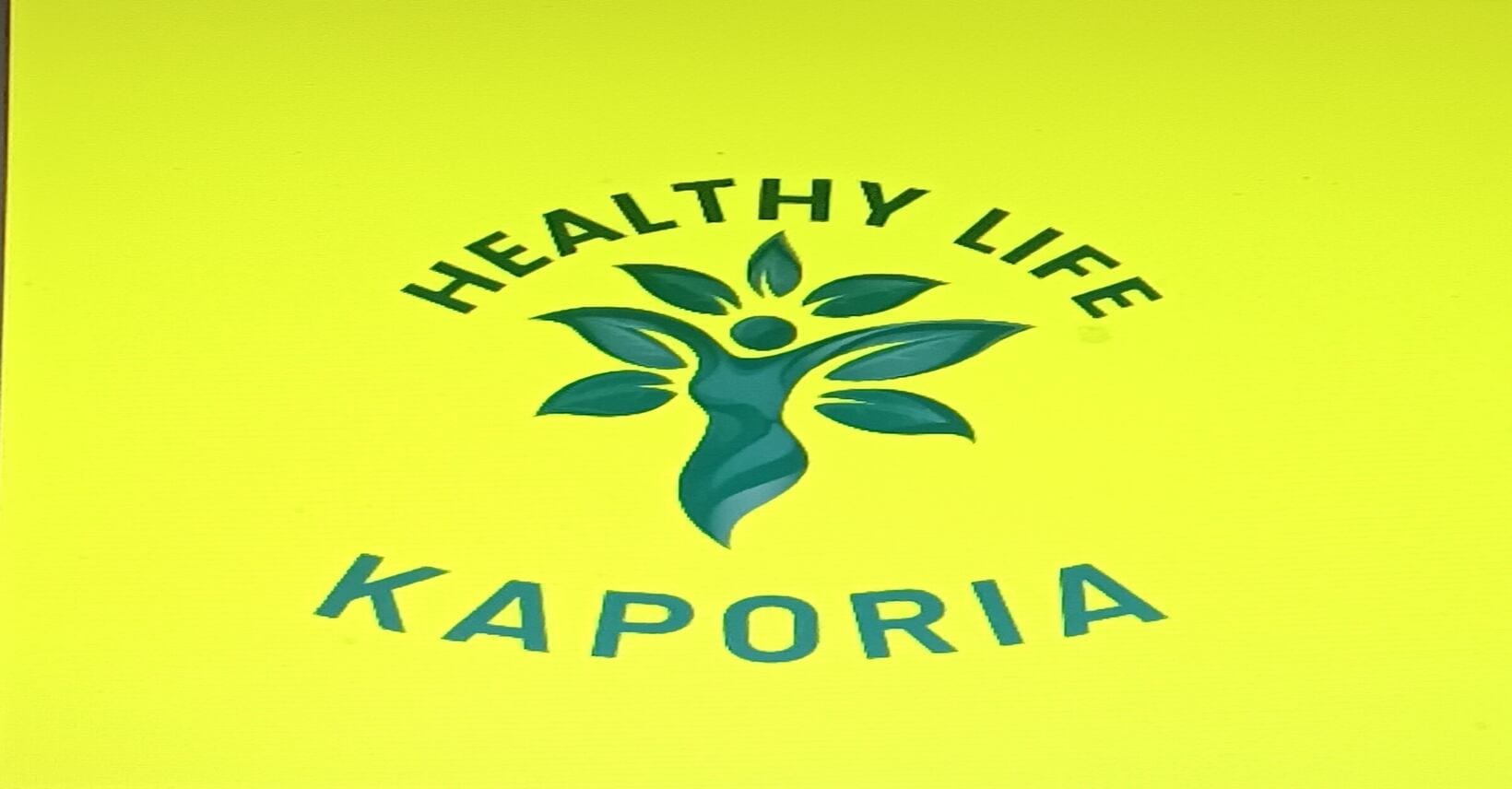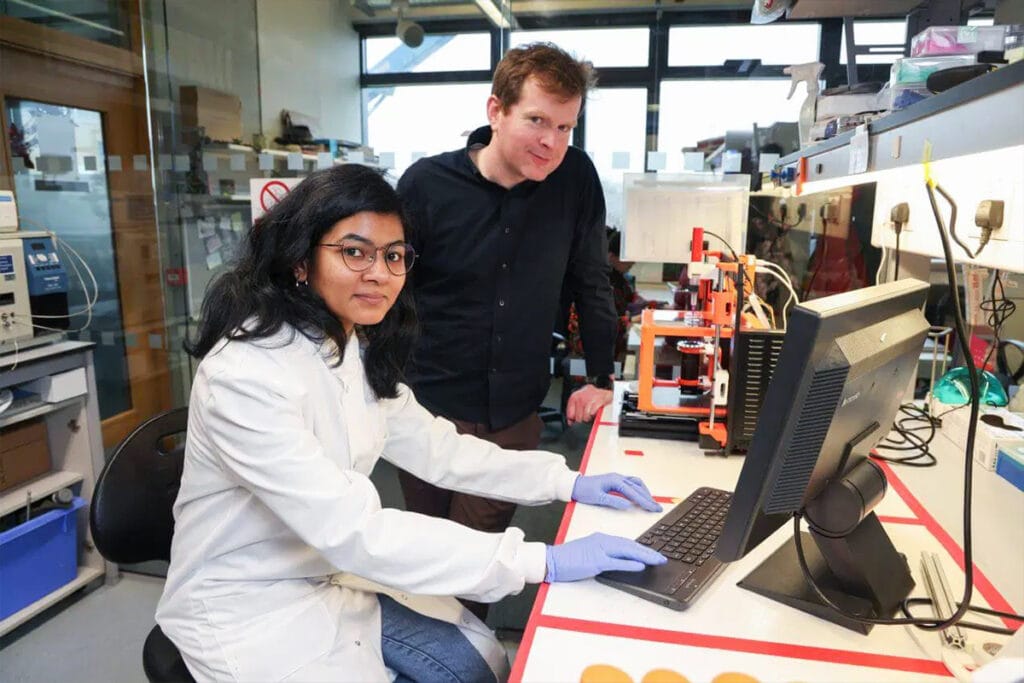[ad_1]
Advances in 3D bioprinting expertise may pave the best way for brand spanking new approaches to coronary heart illness remedy and illness modeling.
Researchers on the College of Galway have introduced a big advance within the area of 3D bioprinting – efficiently fabricating useful human coronary heart tissue. Their analysis, which has been printed in Advanced Functional Materials, describes the event of bioprinted hydrogels that mimic the mechanical, electrical and biochemical atmosphere of the center – a vital stage in creating viable tissue for regenerative purposes and drug improvement and one that may be heralded as a step ahead within the improvement of patient-specific cardiac therapies.
Longevity.Expertise: Coronary heart illness stays one of many main causes of mortality worldwide; with a big scarcity of donor hearts, the demand for different options has by no means been extra urgent. The creation of useful coronary heart tissue gives the potential to handle this unmet want, providing each a approach to advance analysis into cardiac situations and a future supply of therapeutic choices.
The workforce’s method centered on using extrusion-based bioprinting strategies to create structured hydrogels designed to help cardiac cell progress [1]. The bioink used carefully mimicked the properties of the extracellular matrix, enabling the creation of tissue constructs that demonstrated each mechanical integrity and organic perform.
The bioprinted tissue demonstrated synchronized contractions in addition to compatibility with long-term mobile survival – these findings recommend that bioprinting may ultimately result in patient-specific therapies for cardiovascular illnesses.
A concentrate on useful outcomes
The breakthrough lies not solely within the skill to copy coronary heart tissue constructions but additionally in guaranteeing their performance.
Typical bioprinting approaches usually concentrate on replicating the ultimate type of organs, corresponding to the center, with out accounting for the dynamic transformations that happen throughout embryonic improvement. For instance, whereas the center begins as a simple tube, over time it bends and twists into a fancy four-chambered construction – these dynamic shape-morphing modifications play a essential function within the progress and specialization of coronary heart cells.
To enhance on conference, the Galway researchers launched a progressive bioprinting technique that comes with these important shape-changing behaviours.
Ankita Pramanick, lead creator of the examine and CÚRAM PhD Candidate at College of Galway, mentioned: “Our work introduces a novel platform, utilizing embedded bioprinting to bioprint tissues that bear programmable and predictable 4D shape-morphing pushed by cell-generated forces. Utilizing this new course of, we discovered that shape-morphing improved the structural and useful maturity of bioprinted coronary heart tissues [2].”

The bioprinted constructs had been evaluated for his or her contractile habits, cell viability and molecular expression; outcomes demonstrated that the tissue constructs may contract synchronously, a trademark of useful cardiac tissue, and this skill is essential for purposes in regenerative medication and for creating correct fashions to review illnesses corresponding to cardiomyopathies.
The analysis demonstrated that cell-generated forces may drive the morphing of bioprinted tissues, with the extent of those form transformations being influenced by elements just like the preliminary print geometry and bioink stiffness [1]. Morphing was proven to play a key function in shaping cell alignment and bettering the tissues’ contractile properties. Moreover, the analysis workforce created a computational mannequin able to predicting tissue morphing habits.
Professor Andrew Daly, Affiliate Professor in Biomedical Engineering and CÚRAM funded investigator and principal investigator on the undertaking, mentioned: “Our analysis exhibits that by permitting bioprinted coronary heart tissues to bear shape-morphing, they begin to beat stronger and sooner. The restricted maturity of bioprinted tissues has been a serious problem within the area, so this was an thrilling end result for us. This permits us to create extra superior bioprinted coronary heart tissue, with the power to mature in a laboratory setting, higher replicating grownup human coronary heart construction. We’re excited to construct on this shape-morphing method in our ongoing European Analysis Council undertaking, which is targeted on developmentally-inspired bioprinting [2].”

Increasing potentialities for cardiac analysis and remedy
One of many instant purposes of the bioprinted coronary heart tissue is its potential use in drug screening. Present fashions for testing cardiac medication usually depend on animal tissues, which don’t absolutely replicate human cardiac biology; the power to provide human tissue constructs gives a extra correct and moral different, permitting pharmaceutical firms to check the protection and efficacy of therapies with higher precision.
In the long term, the expertise may contribute to fixing the organ scarcity disaster. Whereas full organ bioprinting nonetheless stays a distant purpose, developments within the fabrication of useful tissue like these are a significant precursor. The researchers emphasize that scalability and reproducibility shall be key challenges as they transfer ahead – significantly in adapting the expertise for scientific purposes.
The challenges of scientific translation
Regardless of the promising outcomes, there stay vital hurdles to beat earlier than bioprinted coronary heart tissue can be utilized in a therapeutic setting. Guaranteeing the combination of bioprinted constructs with native tissues, scaling up manufacturing to satisfy scientific calls for and addressing regulatory hurdles will all require additional analysis and improvement.
“We’re nonetheless a great distance away from bioprinting useful tissue that might be implanted in people, and future work might want to discover how we will scale our bioprinting method to human-scale hearts,” mentioned Daly.
“We might want to combine blood vessels to maintain such giant constructs alive within the lab, however in the end, this breakthrough brings us nearer to producing useful bioprinted organs, which might have broad purposes in cardiovascular medication [2].”
Implications past cardiology
In addition to creating a novel bioprinting platform, the workforce was capable of simulate shape-changing behaviors at each the cell and tissue ranges utilizing fashions that mimic how fibers throughout the tissue rearrange themselves [1]. This skill to design, predict, and program 4D shape-morphing in bioprinted tissues has the potential to rework organ engineering. As a substitute of focusing solely on recreating the ultimate form of an organ, this method emphasizes mimicking the pure developmental processes that information its kind, construction and performance. This shift opens thrilling new potentialities in organ bioprinting.
Though this examine focuses on coronary heart tissue, the strategies developed have broader implications for the sector of regenerative medication. Comparable approaches might be utilized to create useful tissues for different organs, opening the door to advances within the remedy of illnesses starting from liver failure to diabetes. The interdisciplinary nature of this work, combining cutting-edge supplies and organic science, highlights the potential of 3D bioprinting as a transformative expertise in medication.
[1] https://advanced.onlinelibrary.wiley.com/doi/10.1002/adfm.202414559#adfm202414559-bib-0004
[2] https://tinyurl.com/4b836r2u
Images: Aengus McMahon / College of Galway
[ad_2]
Source link


